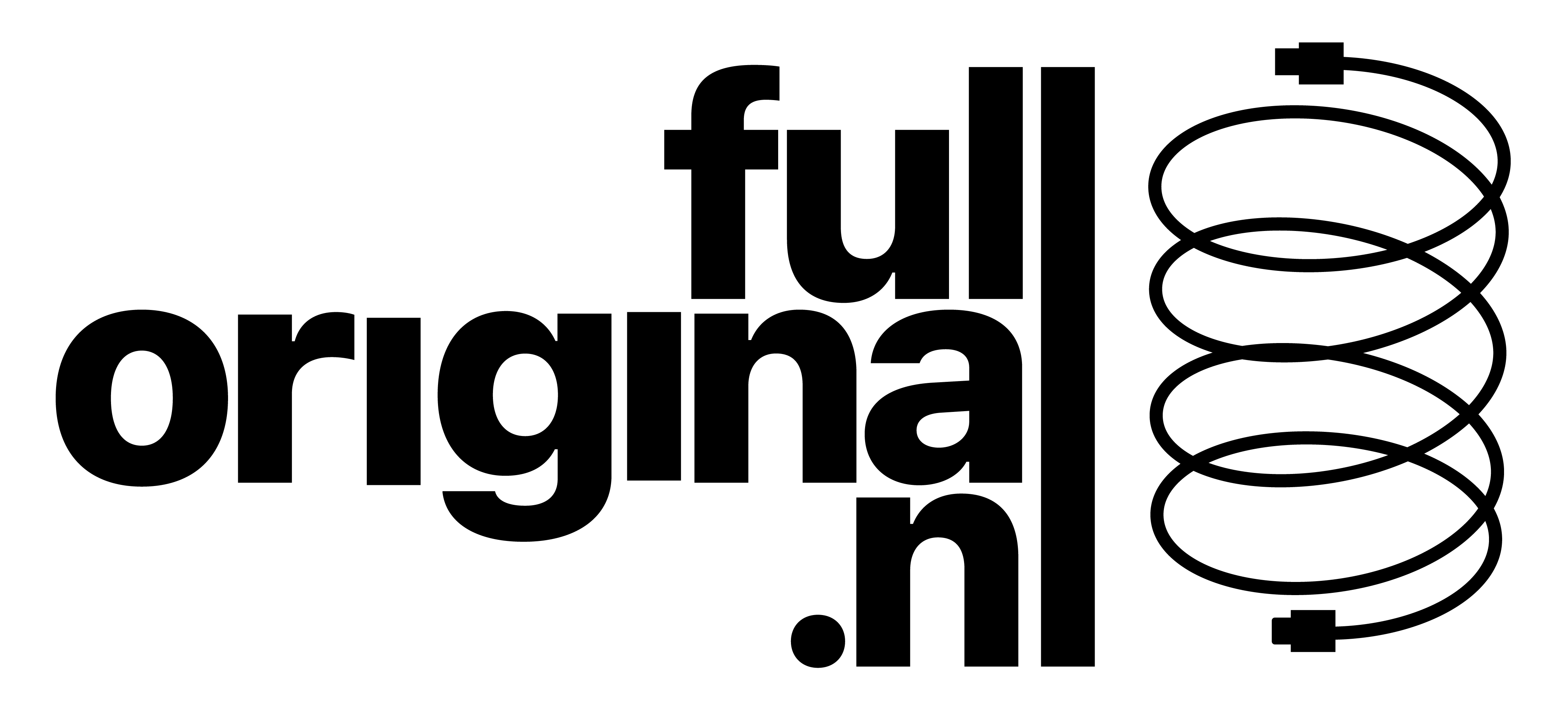- Certified phone accessories store
- 0616818330
- info@fulloriginal.nl
What’s Devops? The Final Word Guide
Erreichbar Kasino Prämie Abzüglich Einzahlung Auf anhieb
November 10, 2023How to Gamble Slots And you may Earn Big
November 11, 2023A DevOps engineer may also want to change processes and solve organizational issues to achieve business outcomes. For example, a software developer can acquire expertise in operations, corresponding to configuration of the hosting infrastructure, to turn out to be a DevOps engineer. Similarly, a methods administrator with coding, scripting and testing information can become a DevOps engineer. The organization now has a DevOps mindset in place, metrics to trace for fulfillment and succesful instruments. Focus on greatest practices, information sharing and expertise improvement to proceed enhancing. Optimize tooling and applied sciences, figuring out roadblocks and gaps that affect your KPIs.

DevSecOps involves ongoing, versatile collaboration between release engineers and security teams. The concepts of “speed of delivery” and “building safe code” are merged into one streamlined process. Security testing is completed in iterations without slowing down supply cycles.
Devops
To deploy good code to manufacturing, DevOps adherents use containers or different strategies to make the software program behave the identical means from growth through testing and into production. Teams rely on configuration administration for consistent deployment and internet hosting environments. Problems they discover in stay operations lead to code enhancements, typically through a blameless post-mortem investigation and continuous suggestions channels. Continuous integration is the follow of automating the combination of code changes right into a software program project. It permits builders to regularly merge code adjustments into a central repository where builds and checks are executed.
Both DevOps and site reliability engineering (SRE) enhance the software improvement lifecycle by enhancing automation, collaboration, and monitoring. The main distinction is that DevOps groups build and replace software program whereas SRE groups work with software that’s already in manufacturing to ensure it features appropriately and meets service degree commitments. Development and operations teams coalesce into a functional staff that communicates, shares feedback, and collaborates all through the whole improvement and deployment cycle. Often, this means growth and operations groups merge into a single group that works across the whole application lifecycle. It’s straightforward to write down software rapidly; writing software that works is another story.
In this process, code is built, examined, and deployed to test in production environments. CD techniques are also used for automated launch processes and fixes to present software program. To efficiently undertake the DevOps methodology, individuals shift the way they work and collaborate. From culture change to automation with steady integration and continuous deployment (CI/CD), let’s discover how DevOps teams develop shared context, expertise, tooling, and roles to ship higher products.
What’s Ci/cd? Steady Integration And Steady Delivery
If you measure with out automation, it’s difficult to validate that it was precisely the identical, and that your outcomes are right. This degree of execution requires a top-down buy in to accomplish as a person can’t personal or drive this degree of organization course of. That’s to not say an individual can’t transfer the needle, just that you can’t be the only owner.
- DevOps is a holistic enterprise apply that combines folks, technologies, cultural practices, and processes to deliver beforehand siloed groups together to ship better software faster.
- Many devotees refer to DevOps as a “culture”—a viewpoint that New Relic favors.
- DevSecOps emerged as a specific effort to integrate and automate safety as initially supposed.
- Everyone on a DevOps group must understand the complete value stream — from ideation, to improvement, to the top person experience.
- AI and machine learning (ML) are still maturing of their purposes for DevOps, however there may be lots for organizations to benefit from at present, together with utilizing the expertise to make sense of check knowledge.
- But DevOps turns into most effective when this tradition is unfold throughout the organization.
Organizations use a mix of tradition and expertise to pursue this goal. Similarly, DevOps groups can use AI and ML to sift through security data from logs and different tools to detect breaches, assaults, and extra. Once these points are found, AI and ML can reply with automated mitigation methods and alerting. Because of the continuous nature of DevOps, practitioners use the infinity loop to level out how the phases of the DevOps lifecycle relate to one another. Despite appearing to move sequentially, the loop symbolizes the need for fixed collaboration and iterative improvement throughout the whole lifecycle. Since every DevOps implementation is unique to the company’s business wants, there really is not any one-size-fits-all DevOps model.
They can combine monitoring with analytics instruments that present operational intelligence. DevOps groups use these instruments collectively to research how modifications to code affect the overall surroundings. Choices are wide-ranging, however embody New Relic One, Dynatrace, Prometheus, Datadog and Splunk. DevOps organizations often concurrently undertake cloud infrastructure as a outcome of they’ll automate its deployment, scaling and different management duties.
Beginning And Scaling Devops In The Enterprise
It also means turning to automation for more of their very own repeatable duties, corresponding to updating methods and resolving incidents. Operations teams regulate releases with monitoring instruments that measure efficiency and monitor the impact of code adjustments. They ensure stability and uptime, gather customer suggestions, and stay in shut contact with builders to push required fixes and tackle incidents quicker. When utilized in software program, although, the Waterfall methodology came with problems. It often meant large quantities of labor would accumulate over time and finally culminate in a single mega-deployment.
The goal of cloud-native is to enable a constant and optimum utility growth, deployment, management and efficiency throughout public, personal and multicloud environments. DevOps speeds delivery of upper quality software program by combining and automating the work of software growth and IT operations teams. Additionally, monitoring instruments enable DevOps professionals to look at the performance and security of code releases on systems, networks and infrastructure.
DevOps teams use short feedback loops with prospects and finish customers to develop services and products centered round user needs. DevOps practices enable fast collection and response to consumer suggestions via use of real-time live monitoring and speedy deployment. Teams get quick visibility into how stay users interact with a software system and use that insight to develop additional improvements. DevOps was birthed by the apply and propagation of agile software development. Since the agile methodology hastens the development course of and throughput velocity, there was a need to change the structure of project groups to accommodate this new actuality. As agile tradition took root, it grew to become clear that having the software development and IT operations groups working separately was counterproductive and inefficient.
Public cloud suppliers provide native DevOps tool sets to use with workloads on their platforms. An incomplete listing includes AWS CodePipeline and CloudFormation, Azure DevOps and Pipelines, and Google Cloud Deployment Manager. Cloud adopters have the choice to make use of these pre-integrated providers or run third-party tools. For example, an organization can use HashiCorp Terraform or CloudFormation to make infrastructure-as-code templates for its AWS workloads.
DevOps combines development and operations to increase the effectivity, velocity, and security of software growth and supply compared to conventional processes. A extra nimble software improvement lifecycle ends What Is DevOps in a competitive advantage for companies and their prospects. Continuous supply picks up where our steady integration story ends. CD automates the delivery of applications to cloud infrastructure environments.
To efficiently deploy code extra frequently whereas keeping your systems humming, you need the flexibility to accurately monitor all the changes going on in your setting. As we talked https://www.globalcloudteam.com/ about earlier, DevOps isn’t just about growth and operations teams. In order to take full advantage of a DevOps strategy, organizations should consider how safety performs a task within the life cycle of their apps.
A single-application platform strategy improves the group expertise and business effectivity. A DevOps platform replaces DIY DevOps, allowing visibility all through and control over all stages of the DevOps lifecycle. To tackle the challenges of utilizing disparate tools, organizations moved to the second section, Best-in-class DevOps. In this section, organizations standardized on the identical set of instruments, with one most popular tool for each stage of the DevOps lifecycle. It helped teams collaborate with one another, but the issue then became moving software program modifications via the instruments for every stage.
The tradition of open source software projects is usually a blueprint for how to construct a DevOps culture. Freely sharing info is the default strategy to collaboration in open supply communities. It can help to implement cultural adjustments like promoting transparency in decision-making, encouraging experimentation by eliminating the concern of failure, or implementing a reward system that encourages belief and collaboration. Many organizations look into digital transformation consulting services to assist these sorts of initiatives. Cloud-native is an approach to building applications that leverage foundational cloud computing technologies.
Jira Software Program
Teams shouldn’t ‘build in a bubble’, or create software based mostly on assumptions about how shoppers will use the software program. Rather, DevOps teams ought to have a holistic understanding of the product, from creation to implementation. The DevOps group at all times has a deployment-ready launch that has successfully been taken by way of the standardized and automated take a look at course of. It could also be as typically as a quantity of releases per day or as seldom as one release per thirty days or quarter. By capturing and analyzing logs generated by applications, DevOps teams can better perceive how software program modifications or updates could affect customers. Once software program is moved to manufacturing, it must be monitored to make sure stable efficiency and increased customer satisfaction.
Today, DevOps focuses on the deployment of developed software, whether or not it is developed utilizing Agile oriented methodologies or other methodologies. CI/CD — the mixture of steady integration and continuous supply — is an important a half of DevOps and any modern software development practice. A purpose-built CI/CD platform can maximize growth time by improving an organization’s productiveness, rising effectivity, and streamlining workflows via built-in automation, steady testing, and collaboration. Continuous delivery expands upon continuous integration by mechanically deploying code modifications to a testing/production surroundings. It follows a steady supply pipeline, where automated builds, exams, and deployments are orchestrated as one release workflow. Infrastructure as code is a follow during which infrastructure is provisioned and managed utilizing code and software development techniques, corresponding to version management and continuous integration.

